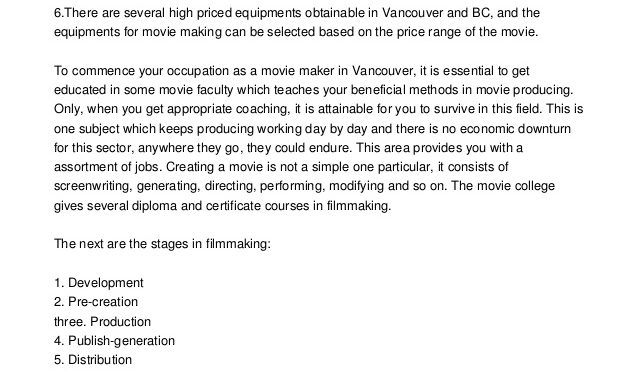
Classical Hollywood Cinema
Classical Hollywood Cinema is the time period of the film industry that began with the movie release of “The Birth of a Nation.” It incorporates both the Silent Era and Studio Era of filmmaking. Unique to Classical Cinema, the mode of production during this timeframe encouraged film directors to view their work from the perspective of an employee of the studios rather than as auteurists who exercised creative control over their works with an individual film style. The Classical Cinema time period ended in the 1960s when the motion picture industry ushered in a new Post-Classical film style by auteurist film directors with the release of “Bonnie and Clyde” (1967) as well as other landmark films of that decade.
Silent Era
The Silent Era is commonly referred to as the “Age of the Silver Screen” from 1917 to 1928. During this time period, there was no sound or synchronized speech accompanying the character’s images being projected on the movie screen. To accommodate for the lack of sound, on-screen captions were utilized to emphasize important points and dialogue in the story. Oftentimes, the projection of silent films onto the big screen was accompanied by live instrumental music (pianist, organist, or even a large orchestra). The standard stylistic elements fundamental to classical Hollywood silent filmmaking were implemented through the Silent Era’s Director-Unit System. This system of filmmaking included a fully integrated work force with a set of employees that had precise areas of responsibility under the leadership of the film director.
Studio Era
The Studio Era was a period in film history that started after the end of the Silent Era (1927/1928) with the release of “Jazz Singer”, the first full length film that contained talking sequences in it. The advent of the Studio Era also marked the beginning of the “Golden Age of Hollywood.” The contribution of Irving Thalberg was significant in development of Hollywood’s Central Producer System during the Studio Era while he was Chief of Production at Metro-Goldwyn-Mayer (MGM). In fact, the successful transition of classical Hollywood film production style from the Silent Era’s Director-Unit System to the Studio Era’s Central Producer System at MGM took place under Thalberg’s leadership. His ability to produce a quality film with aesthetic value was demonstrated through his balanced view of budgetary controls, script and story development, and use of the “star system” in the successful movie “Grand Hotel.”
Intrinsic to the studio system, the marketing strategies for motion pictures utilized by the major Hollywood film studios was rather straightforward and uncomplicated because the studios obtained most of their money from theater box office ticket sales throughout America. At that time, there were five major studios that owned a production studio, distribution arm, contracts with actors and technical support personnel, as well as a theater chain. These studios were known as the “Big Five” and included Warner Brothers, Paramount Pictures, Twentieth Century-Fox, Radio-Keith-Orpheum (RKO), and Loew’s, Inc. (owner of Metro-Goldwyn-Mayer/MGM). Their revenues came from monies paid by the theaters for renting films from the studios. Since the “Big Five” studios controlled almost every theater throughout America, they received the majority of their money from box office ticket sales.
To further extend their power over the movie houses throughout America, these studios took steps to control almost all of the smaller independently owned theaters, as well. Through the contracting process of “block booking”, theater owners were required to show a block of films (typically in blocks of ten) at their movie house. If the independently owned theaters did not agree to purchase a block of films from a studio, they received no films from the studio at all. Thus, during the Studio Era, the Hollywood film industry was tightly controlled by the powerful studio moguls. However, in 1948, a federal court case outlawed block booking. The United States Supreme Court ruled that the vertical integration of the majors violated federal anti-trust laws and ordered the “Big Five” companies to divest themselves of their theaters over a five-year period. This decision basically brought the studio system era to a close by 1954.
Proudly WWW.PONIREVO.COM
by Adrian Robbe



